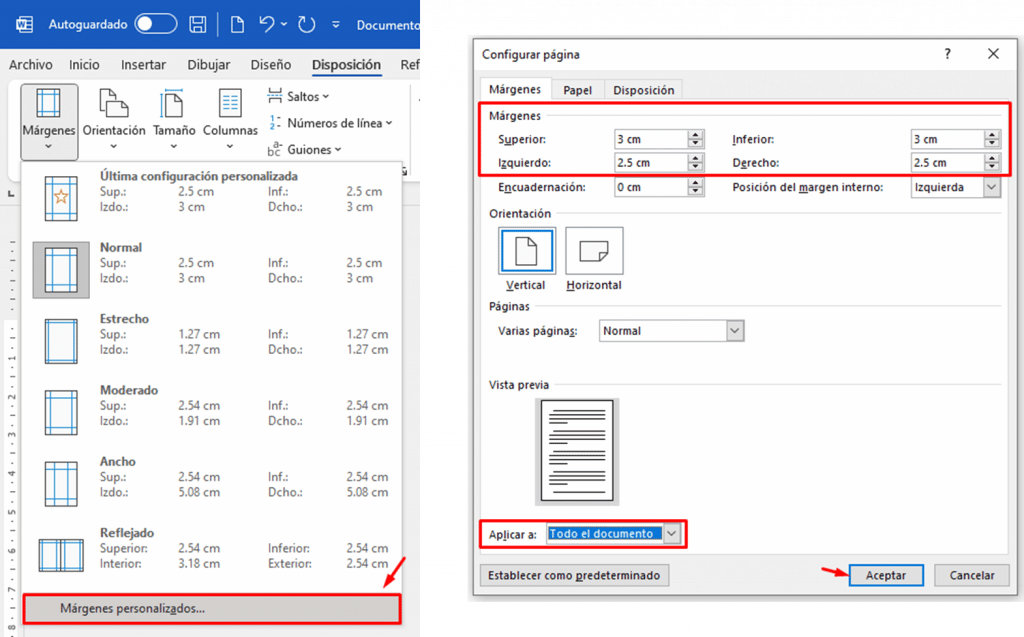In today’s rapidly evolving technological landscape, mastering ES 3.0 is essential for organizations seeking to optimize their operations and achieve sustainable growth. This groundbreaking iteration of enterprise software not only builds on the strengths of its predecessors but also introduces transformative features tailored to address the dynamic needs of modern enterprises. By exploring the core components, benefits, and implementation strategies of ES 3.0, businesses can unlock new levels of efficiency, innovation, and competitive advantage.
Enterprise Software (ES) has undergone a remarkable evolution since its introduction, transitioning from rudimentary applications to advanced platforms that seamlessly integrate multiple business functions. The advent of ES 3.0 represents a pivotal milestone in this journey, characterized by enhanced user experiences, sophisticated data analytics, and cloud-based scalability. This article will provide a comprehensive overview of ES 3.0, shedding light on its revolutionary capabilities and equipping readers with the knowledge to make informed decisions.
Through this in-depth guide, you will gain valuable insights into the defining features of ES 3.0, its advantages compared to earlier versions, and practical strategies for successful implementation. Whether you are a business executive, an IT professional, or simply passionate about cutting-edge enterprise solutions, this article aims to empower you with actionable information to drive your organization forward.
Read also:Unveiling The Mystery Does Kenan Thompson Have A Tattoo
Table of Contents
- Understanding ES 3.0
- Defining Features of ES 3.0
- Advantages of ES 3.0 for Organizations
- Strategies for Implementing ES 3.0
- Real-World Success Stories of ES 3.0
- Addressing Challenges in ES 3.0 Adoption
- Exploring the Future of ES 3.0
- Final Thoughts
Understanding ES 3.0
ES 3.0, or Enterprise Software 3.0, signifies the latest generation of enterprise solutions designed to revolutionize business processes and boost productivity. Unlike previous versions, ES 3.0 harnesses state-of-the-art technologies such as artificial intelligence (AI), machine learning, and advanced data analytics to deliver unprecedented insights into operational performance.
The foundation of ES 3.0 lies in its cloud-based architecture, which offers unparalleled flexibility, scalability, and collaboration opportunities. By embracing cloud computing, organizations can significantly cut costs while ensuring round-the-clock access to applications and data from virtually any location. This shift not only enhances operational agility but also empowers teams to work more efficiently and effectively.
Furthermore, ES 3.0 places a strong emphasis on user-centric design, prioritizing intuitive navigation and seamless usability. This ensures that employees can fully leverage the software’s capabilities without encountering unnecessary complexity or barriers.
Defining Features of ES 3.0
ES 3.0 introduces a host of innovative features that distinguish it from earlier versions:
- Cloud Integration: Effortless access to applications and data across all devices, fostering mobility and flexibility.
- Advanced Analytics: Real-time data processing and visualization tools to empower data-driven decision-making.
- User-Friendly Interface: An intuitive design that enhances user engagement and maximizes productivity.
- AI and Automation: Integration of intelligent automation tools to streamline routine tasks and enhance efficiency.
- Mobile Accessibility: Applications optimized for mobile devices, enabling on-the-go access and collaboration.
Enhanced Collaboration Tools
Collaboration lies at the heart of modern business operations. ES 3.0 incorporates advanced collaboration tools that facilitate seamless communication and cooperation among team members, regardless of their geographic location. With features like integrated messaging, video conferencing, and document sharing, ES 3.0 fosters a collaborative environment that drives productivity and innovation.
Robust Security Features
In an era where data breaches pose significant risks, ES 3.0 prioritizes security with cutting-edge safeguards. These include encryption protocols, multi-factor authentication mechanisms, and regular security audits to protect sensitive information and maintain trust with stakeholders.
Read also:Discover The Multifaceted World Of Tristin Mays And Her Remarkable Journey
Advantages of ES 3.0 for Organizations
The adoption of ES 3.0 offers a multitude of benefits that can profoundly impact an organization’s operational landscape:
- Increased Efficiency: Automation of repetitive tasks frees employees to focus on high-value activities, driving overall productivity.
- Cost Savings: Leveraging cloud-based infrastructure minimizes the need for extensive on-premises hardware, reducing capital expenditures.
- Improved Decision Making: Access to real-time analytics empowers leaders to make informed, data-backed decisions.
- Scalability: Organizations can effortlessly scale their operations as they grow, without the need for significant additional IT investments.
Strategies for Implementing ES 3.0
To ensure a successful transition to ES 3.0, organizations must adopt a strategic and methodical approach:
- Assess Business Needs: Clearly identify the unique requirements and goals of your organization before selecting an ES 3.0 solution.
- Engage Stakeholders: Involve key decision-makers and end-users throughout the implementation process to ensure alignment and support.
- Provide Training and Support: Offer comprehensive training programs to equip employees with the skills needed to maximize the software’s potential.
- Monitor and Optimize: Continuously evaluate the performance of the ES 3.0 solution and implement necessary adjustments to optimize results.
Real-World Success Stories of ES 3.0
Several organizations have achieved remarkable success through the implementation of ES 3.0:
- Company A: Boosted operational efficiency by 30% within six months, thanks to streamlined processes and enhanced automation.
- Company B: Achieved a 25% reduction in operational costs by migrating to cloud-based solutions, reducing reliance on traditional infrastructure.
- Company C: Enhanced decision-making capabilities through advanced analytics, enabling more accurate forecasting and strategic planning.
Addressing Challenges in ES 3.0 Adoption
While ES 3.0 presents numerous opportunities, it also poses potential challenges that organizations must navigate:
- Resistance to Change: Employees may be apprehensive about adopting new technologies. Providing robust training and support can help alleviate concerns and facilitate a smoother transition.
- Integration Issues: Ensuring compatibility with existing systems is critical. Conducting a thorough assessment of current infrastructure can help identify and resolve potential integration hurdles.
Exploring the Future of ES 3.0
As technology continues to advance, ES 3.0 is poised to evolve further, incorporating even more groundbreaking features. Future iterations may include enhanced machine learning capabilities, increased automation, and refined user interfaces, empowering businesses to stay ahead in an increasingly competitive global market.
Final Thoughts
In summary, ES 3.0 represents a monumental leap forward in enterprise software, equipping businesses with the tools necessary to enhance efficiency, reduce costs, and foster data-driven decision-making. By understanding its defining features, advantages, and implementation strategies, organizations can fully leverage ES 3.0 to drive growth and success. We encourage you to explore the vast possibilities of ES 3.0 for your business and share your insights and experiences in the comments below.
Thank you for reading! We hope you found this article informative and inspiring. For more valuable content on enterprise solutions and emerging technology trends, feel free to explore our other articles.


